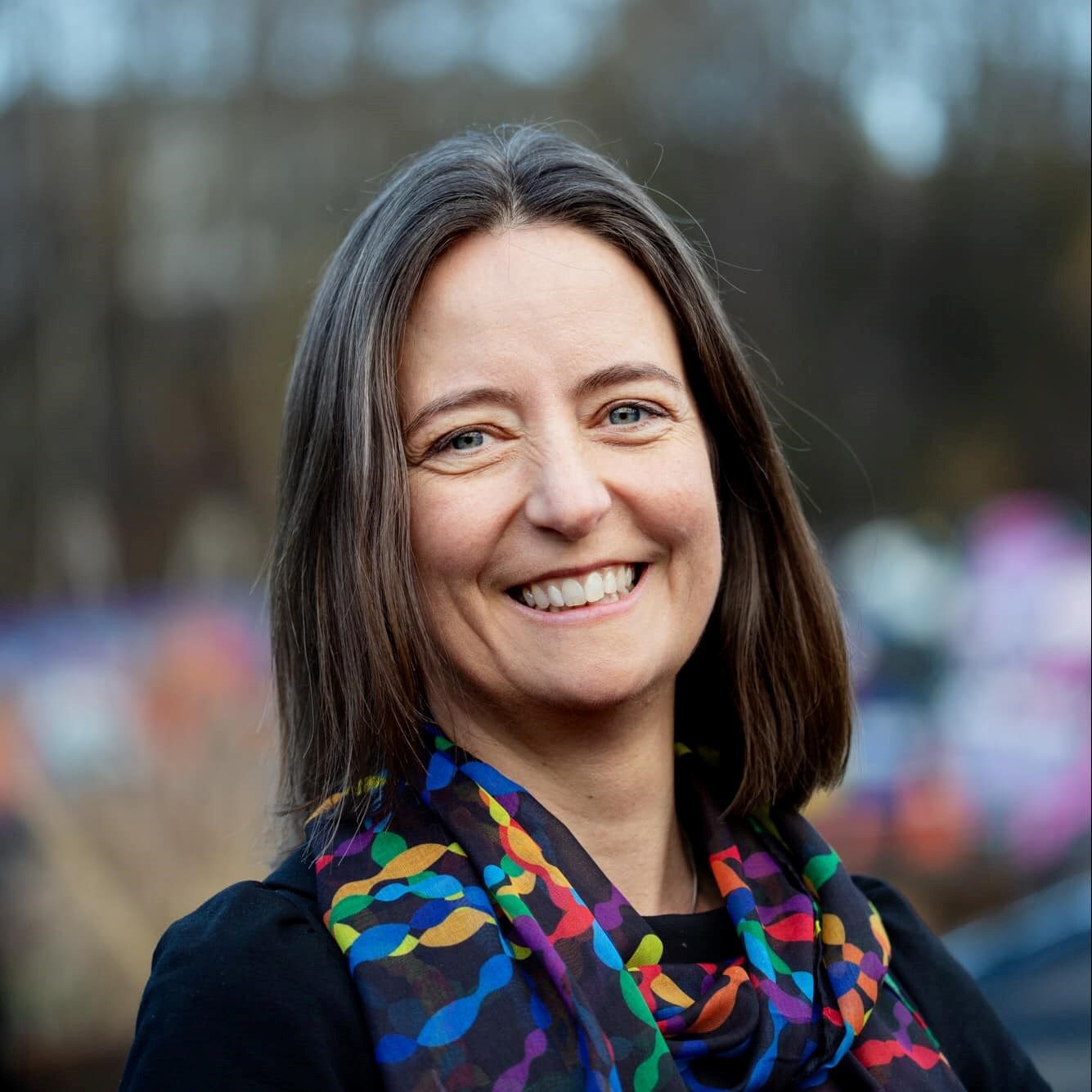
Championing photonics and its role in reaching net zero
We caught up with Carol shortly after she visited Photonex 2021, SPIE’s annual exhibition and events programme, which took place in Glasgow. As well as touring the exhibition with a group of MPs from the APPG, she presented a plenary session and contributed to a Future Photonics Hub discussion panel for photonics leaders from industry and academia.
How did your visit to Photonex raise your awareness of the role photonics can play in reaching net zero?
Every aspect of our life has a photonic footprint, and while this is well known to those in industry, for parliamentarians it was useful to gain a greater awareness of that and hear about the potential of photonics. Many of us won’t have fully considered how specific industries such as photonics might contribute towards climate goals, so it was fascinating to hear about the latest innovations.
For example, we heard about the use of photonics in farming, where the use of a specific wavelength of light can optimise plant growth while saving energy, because it removes the need to produce other wavelengths. Another example is the use of photonics sensors to gather data about wind direction and fine tune the position of wind turbines to maximise energy generation; this could increase the efficiency of wind turbines by around 20 per cent.
Many of these innovations are driven by economics, with companies wanting to save money by reducing their energy use, but they also address bigger issues in terms of efficiency and avoiding waste.
What are society’s biggest challenges in terms of achieving climate goals, and how can photonics help?
We don’t need photonics to tell us that our biggest challenge is our continued reliance on fossil fuels – it’s so integral to everything we do. We are going to have to break that relationship.
There’s often a focus on transport when we think about fossil fuels. One interesting development is the use of autonomous vehicles that can be more responsive to other vehicles around them and react in a more fuel-efficient way. There’s a real opportunity for photonics within that in terms of LiDAR (light detection and ranging) systems for autonomous vehicles.
I also think we need to be more ambitious in our goals for renewable energy, and photonics can play its part in that. While 97% of the electrical energy produced in Scotland comes from renewable sources, the rest of the UK could be doing more. That might involve looking at more efficient wind turbines, for example, or more solar energy.
Another big challenge is how to make our housing more energy efficient, because much of the UK’s housing stock is old and very inefficient in terms of heating and insulation. But even an old house can have photonics systems built in that could help – simple things like solar panels can make a big difference. So there is the opportunity even within older housing stock to look at how we can use photonics and other technologies to make improvements.
Are there other environmental issues that photonics can help to tackle?
Pollution is a big problem for those of us who live in cities, and photonics can help in detecting pollution levels as well as greenhouse gases. Following the Photonex conference I spoke at an event at Strathclyde University about a worldwide network called Global Environment Measurement and Monitoring (GEMM).
GEMM allows real-time data to be gathered, providing instant information about pollution levels a particular area. The data can then be shared locally, and local responses put in place. That might mean alerting people that pollution levels are extremely high in their area and advising them to take public transport instead of using their car if they can. I think linking things to people’s lived experience in this way is really important to encourage people to take action, because unfortunately issues like pollution and climate change don’t always seem relevant to people’s daily lives.
What role does a national manufacturing hub like the Future Photonics Hub play in making greener technologies a reality?
It’s always a struggle to move beyond blue skies research and put innovations into practice in manufacturing. The Future Photonics Hub’s role of providing a link between academic research and product development is therefore essential.
One of the other difficulties for researchers is knowing how to access funding; initiatives such as the Hub help to maximise the impact of government funding by coordinating with industry in a more seamless manner.
How could government help?
Having ambitious targets is important to drive positive change, but it’s also important to make funding available to realise those ambitions. There’s massive potential in the photonics sector and we know there is huge economic benefit derived from the photonics industry, so it’s crucial to encourage investment from the UK government and UK-based companies to ensure future gains benefit the UK.